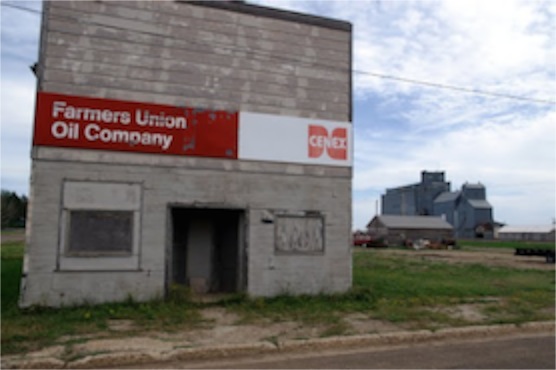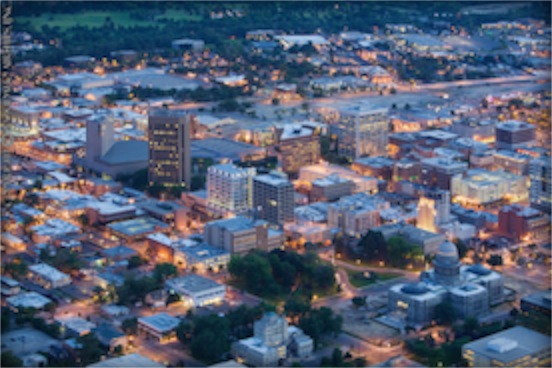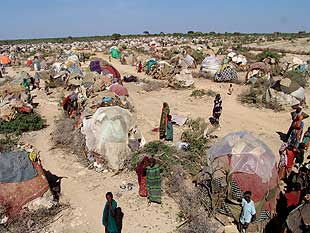Growth
12/07/12 05:59


Our current home is somewhere in between those two extremes. Rapid City is growing in population. It is not as large, nor is it growing as quickly as South Dakota’s other urban center, Sioux Falls, but it clearly is growing. We notice the growth in the number of new homes that have been built in our neighborhood. We notice it in the number of cars that share the road to town. We notice it in some short-term traffic snarls, although we acknowledge that our traffic problems are minor in comparison to what occurs in larger urban areas. We notice the increase in population with the number of new businesses that are added to our community.
It doesn’t take a very complex examination of the statistics to see that our world is becoming more urban and less rural with each passing year. We humans, it seems, like to congregate in cities.
I don’t understand all of the dynamics in this process. Being a small-town sort of person, I find rural areas more attractive than places that are crowded. I like to spread out a bit. I like to visit large cities and then come home to a place where the deer walk through my yard and my neighbors are a little bit farther away. Lately I have begun to realize that the luxury of space is one that I enjoy, but that is not an option for many of the world’s people. People move to get jobs. They move to find services for their children.
I have had the luxury of choice in the moves that we have made. We have moved in response to our understanding of God’s call and the needs of the church to be sure, but we have also considered our own wants in our decisions about moving. There are a lot of people in this world who don’t feel like they have any control over where they will live.
I’ve been monitoring the news from Dadaab, a refugee camp in Kenya near the Somali border. Even though the camp consists of temporary structures and tents for the most part, it has become an enormous city with all kinds of infrastructure problems. Dadaab began receiving refugees over 20 years ago when the government of Somalia failed. The country has not had a functional government since 1991. Dadaab is now home to nearly 500,000 people. Its population has grown by almost a third this year alone. According to aid agencies there is an immediate need for 30.000 new temporary shelters to house the people who are already in the camp. Funding for about 4,000 new shelters has been secured, but the need is growing faster than the available funds.
Eight organizations, including Oxfam, CARE, and Save the Children say that they are facing a $25 million shortfall in funds to operate the camp. Lives are at risk as the agencies struggle to provide basic water and sanitation in the grossly overcrowded camp. The growth of the camp is out of control and long-term solutions are needed, but there is no denying that there are a lot of people and more are coming every day. A half million people constitutes a city, even if it is only a collection of shacks and tents on the bare ground in a desert region.

For all of my life, scholars have been studying the effects of population on this planet. There is much discussion about the capacity of the planet to support continuing human population growth. The estimates of how many people the planet can sustain vary, but scholars agree that population trends are leading us to the breaking point. Unending growth cannot be sustained. But we cannot agree on how to slow or control the growth. It seems as if the people of this world are heading toward some kind of disaster without the ability to change our course.
If I were to end this morning’s blog on this note, it would seem that we are in dire straits and there is little hope for this world. I haven’t described the sounds of children playing or of teens dancing that come from Dadaab. I haven’t written about the joy of life that goes on in the midst of what we think is the most grim of situations. Unsustainable as it is, Dadaab is also a place of the triumph of the human spirit. In the midst of devastating poverty and deep need, people smile and fall in love and imagine a future. We continue to search for solutions even when the problems are bigger than us.
I don’t read about Dadaab because I want to become depressed, but rather because I believe that my life and the lives of those in the camp are connected. We’re all in this together and whether we live in cities or in isolated locations what we do has an impact on others.
And when we work together, our capacity to come up with solutions is unlimited.